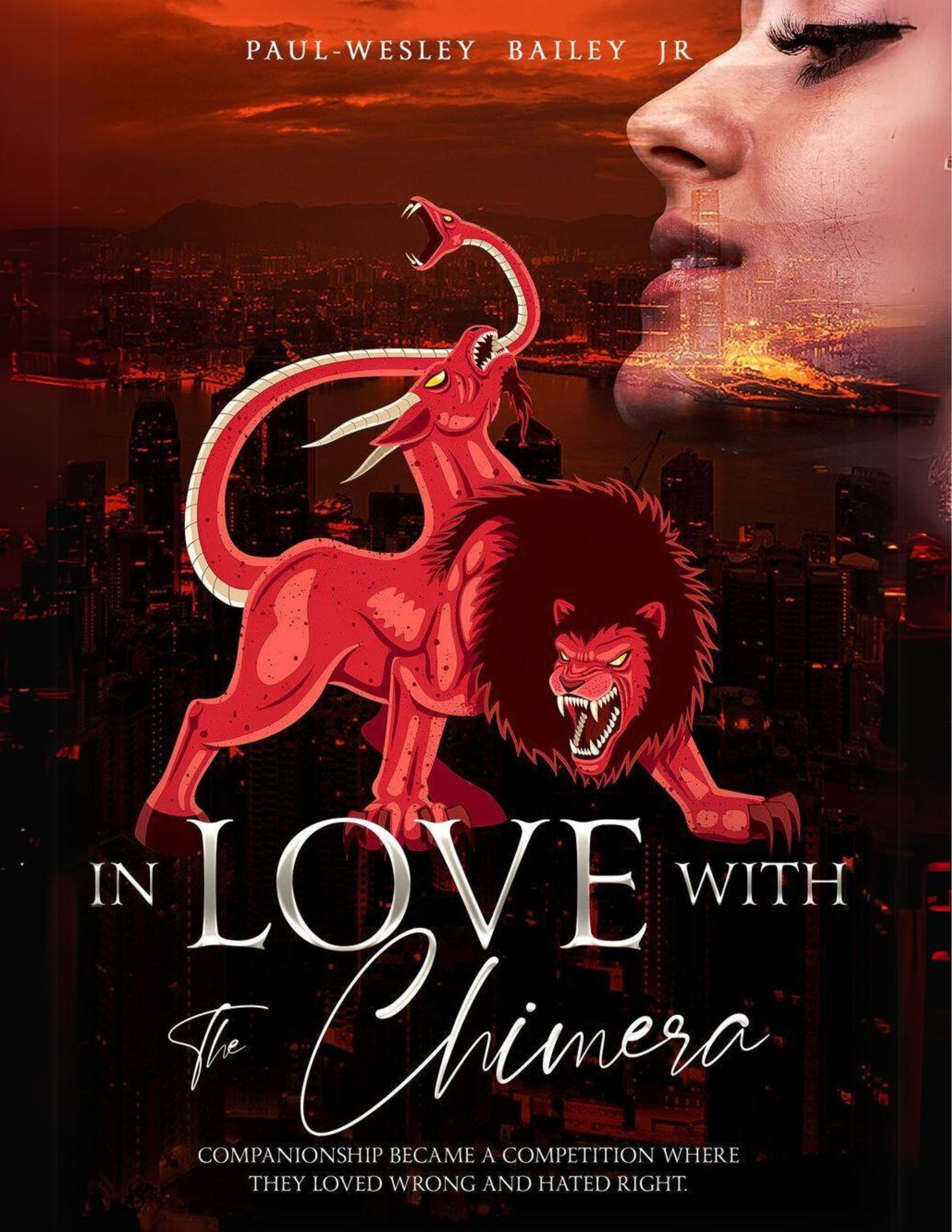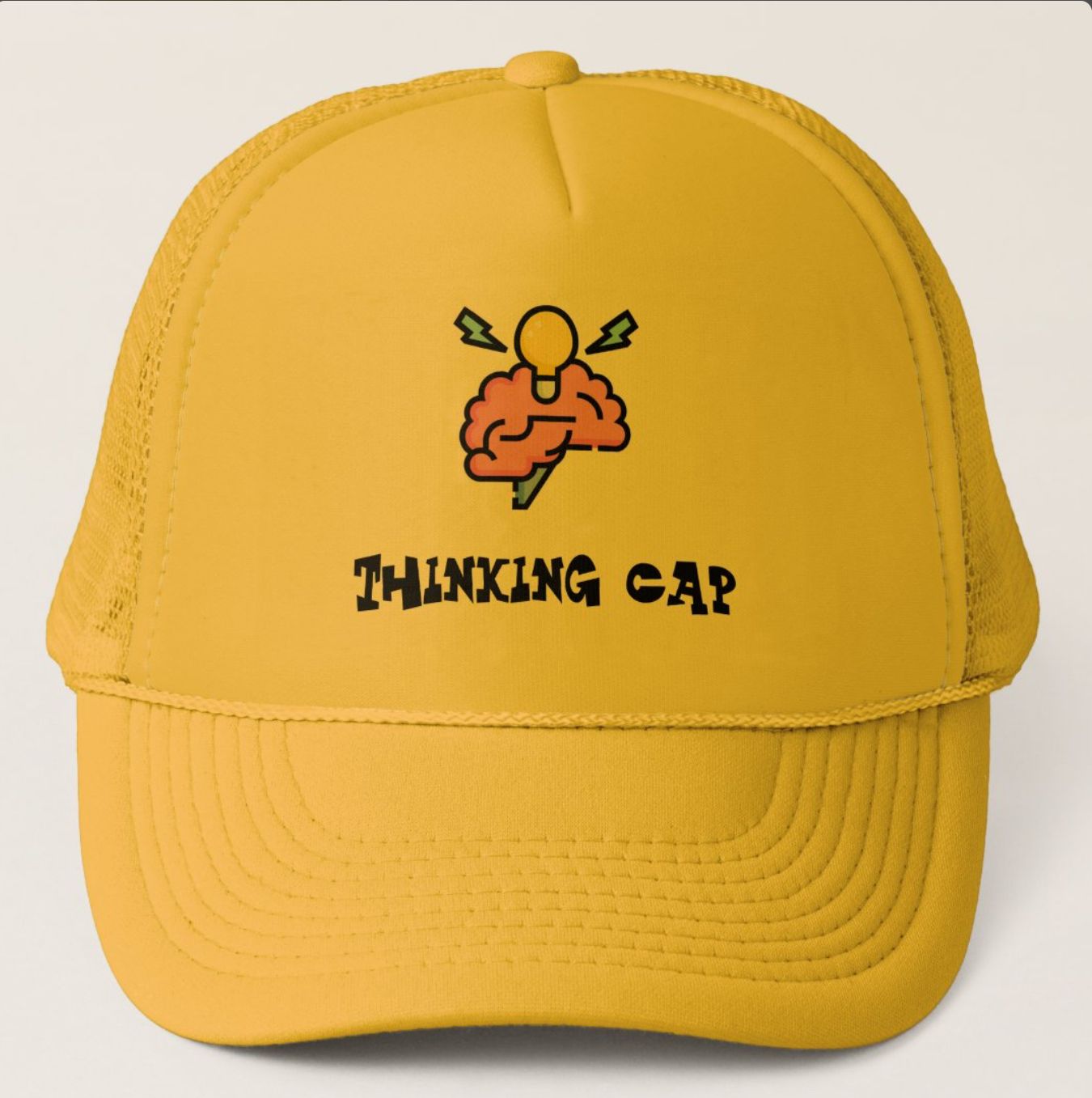The Plan or The Scam?
Part 1: The Brief History of Dating in America

Introduction
Do Americans who partake in dating in the United States know about the history of dating in America, or do they care? Unfortunately, dating today mostly involves engaging in hedonism and debauchery, then when the problems become too serious, one or both of the parties eventually quits and get lawyers and the state involved to resolve their problems, which will be expensive. Most people who entertain dating might not truly know what it is as they are engaging in a relationship that mimics what they see from peers, movies, social media, and even porn. Is it even important to understand the history of dating in America? I think with anything one does in life; it is important to understand its history. Learning history gives it more purpose, and that appears to be the main factor that is missing today in dating. Purpose. What is dating? What are the rules? Why do we date? Why is dating confusing? Where does dating occur? Where do the ideals of dating come from? When did dating and romance become intertwined in America? When did parents control the outcomes of dating vs when did the young partners control the outcome of dating? How does dating benefit the individual? How does dating benefit society? Do participants of dating today truly ask themselves these questions before making such a life-changing investment? Because of the access to sex and reproduction that the woman provides to men, and the resources and brawn that a man can obtain with relative ease compared to a woman, men and women will be drawn to each other until the end of time. Dating appears to be the best way for men to get access to sex from women, and women access to resources. However, when we go deep into the history of dating in America from the colonial period to today when America has the largest GDP in the world, we can see that dating is almost nothing like it was in the early days of America. And even thinking deeper, is that important? Should dating be as it was in our early days, or is today a new day? Should we allow it to redefine itself without paying attention to and analyzing the trends and patterns? Welcome to the ‘The Scam or The Plan?’ series. In this part 1, we will discuss the brief history of dating in America, while focusing on the rules of dating in each period, the impact dating had on society during the period, and the man’s role vs the woman’s role vs the parents’ role in dating and society.
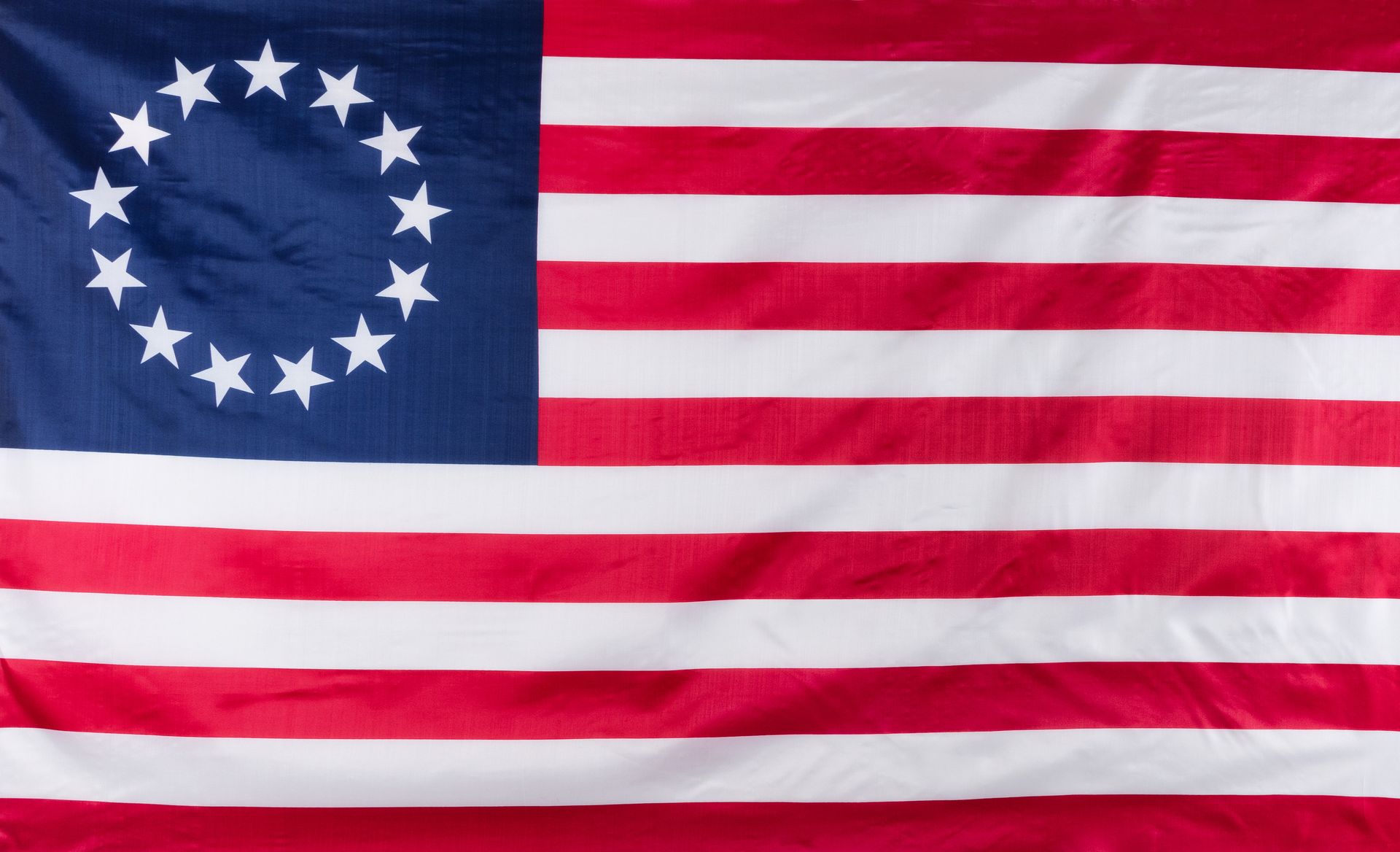
Colonial America
Rules: The idea of dating itself is a concept that did not exist in the early days of America. Parents of high-status families decided who their offspring would get married to so the family could keep social prominence. The institution of marriage was transactional as the main purpose was to obtain, combine, and absorb wealth and power. The idea of love in the romantic sense was rarely part of the arrangement of these marriages as it was considered an unstable foundation to form a marriage. Men and women met at social events and would have gatherings in public before getting married. The idea of getting to know the other person over time and falling in love was not necessary. Socially, abstinence until marriage was promoted, and legally, romance was only allowed between members of the same race and opposite sex. Generally speaking, there was no importance societally of the couple being in love. Dating partners could not freely choose their mate outside of race, gender, and socioeconomic status.
Societal Impact: As the colonies developed, there was more opportunity for upper-class families to travel and send their daughters to colony cities to widen their exposure to a potential mate in a class that was aligned. In elite families, courtship heavily relied on the parents’ approval. Young women were pressured to find a partner by twenty years old or they were socially shamed. There were immigrants during this period who were servants and legally were not allowed to marry while serving their indenture. Surrounding the American Revolution, founding fathers like Benjamin Franklin wrote on courtship, marriage, and choosing a partner. John Witherspoon went as far as to place the responsibility for unsuitable relationships on men as they were the party who chose the women, while she could only accept or deny them. They also condemned the idea of marrying for wealth instead of mutual affection and called for education for women to better prepare themselves as a spouse in the shared family management in the new society. Bachelors and unmarried women were made fun of in magazines and periodicals. Young people gained more autonomy over their social lives in the years after American independence, so there was less oversight from parents on courtship. After the American Revolution and the great numbers of casualties, more young people did not have families to restrict their activities. The idea of love began to spread into emergence as courtship could last years, while the young man worked to provide support for his family. Parents had little control over courtship by the 1800s, but young men did continue to seek the permission of the parents of the daughter for marriage as more of a ritual.
Roles: Parents generally arranged marriages, but after the American Revolution, young people had more control over their social lives, and arranged marriages converted into courtship. Men’s roles were to fight in the war and provide for their families. Women’s roles were to be homemakers and raise families.
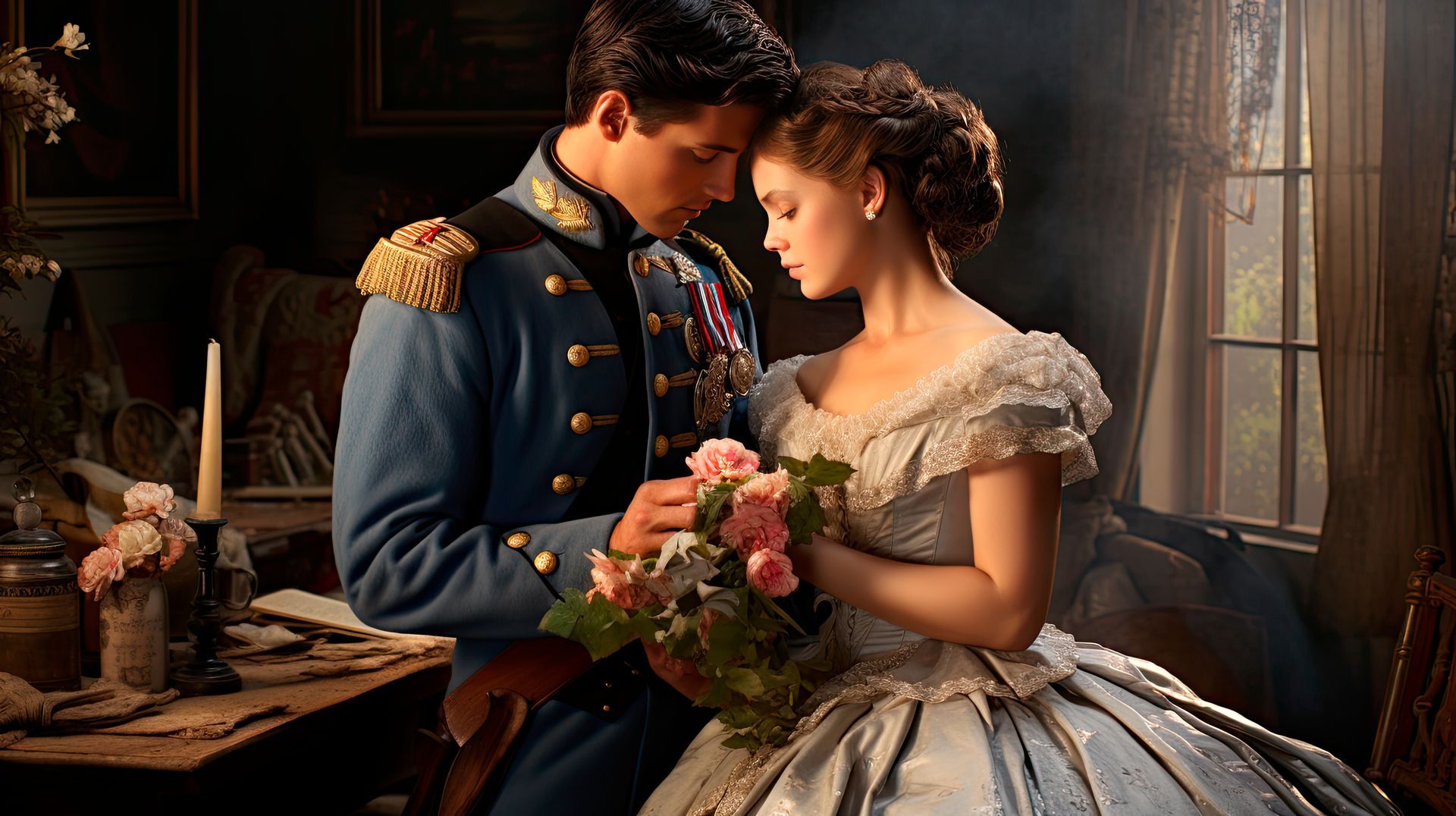
1800s
Rules: Arranged marriages became courting, which was socializing between men and women with the clear intent to get married. This was the term used in the 19th century to describe dating. Men and women in their teenage years met in a variety of social activities, introduced by family and friends. Halfway through the century, middle-class America valued the idea of romantic love over religion. There was still a strict disapproval of divorce, but a higher expectation of happiness, so it was of high importance to pursue the right lifelong partner. Romance, in a sense, became a game where partners test each other to strengthen the emotional bond. Love letters became a widespread courtship activity where love interest could bypass the strict observance of social codes in public. Couples were expected to stay away from premarital sex, but it was more common for higher-class couples to have more privacy.
Societal Impact: Between 1820 and 1860, populations increased significantly. However, many of the cities lacked networks where people could meet potential partners. Women used personal ads to exercise control over the circumstances of courtship and to seek independence from societal expectations to gain more marriage equality. After the Civil War, women greatly outnumbered men as over 600,000 men were killed in the war, and men migrated westbound for exploration and business opportunities. States that suffered from an imbalance of men to women, passed laws to incentivize women to migrate west and respond to marriage ads and requests. Soldiers placed personal ads as well, and it was considered a patriotic act for women to respond to such ads. Towards the late 19th century, calling occurred where the young woman’s family would invite the young man, and provided hospitality as they supervised their courtship. The invitation would be sent out by the family of the young woman as the young men would not call without an invitation. Young men could express interest in being open to a call from a young woman. Calling was primarily a system of the middle class to display manners and behavior. In the urban working class, young women became employed and started to live on their own. The slang term ‘date’ was born because of the practice called ‘treating’, in which women would provide intimate activities in exchange for gifts, entertaining outgoings, and items of monetary value. Sexual favors in exchange for presents became the norm in the youth culture in urban areas.
Roles: Parents still had great influence over the courting process, especially the higher the class, but in middle-class America, romantic ideals began to influence courtship in the mid-1800s. Men migrated westward to expand the nation and fought in the Civil War. Women were still responsible for being wives and homemakers, but they had more freedom in who they could choose as a spouse, and in urban communities, the courtship culturally was more transactional.
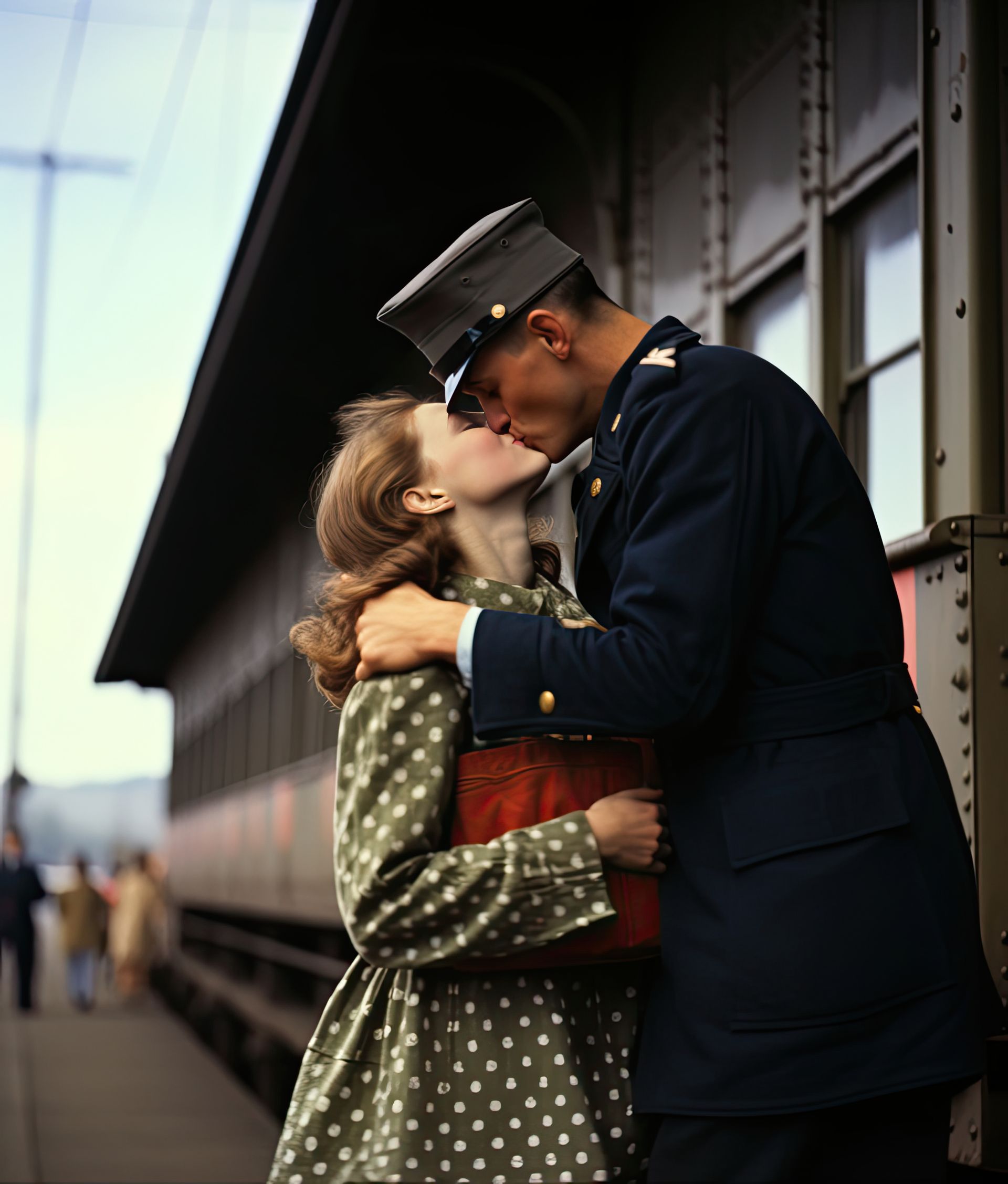
1900-1960
Rules: With a reversal of gender segregation in the beginning of the 19th century, young people were more independent with more men working away from home, and more women going to college. It presented a greater opportunity than ever for young people to socialize. ‘Calling’ in the earlier decade converted into ‘dating’, which was a significant transition in courtship where men were expected to pay for the entertainment outside of the house. One of the biggest differences between dating and calling was that with calling, the woman and her family took the initiative. With dating, men were more in control and took the initiative. As dating made courtship public, the expectation of entertainment created economic issues as the new practice was viewed as an economic transaction. Dating filled the grey area between group activities and courtship with the intent to marry. Populations that lived in urban areas had more popular and entertaining dating options outside of the church. Dancing perhaps became the most popular in the 1920s. It was becoming the norm in the 1930s for high school and college students to date multiple people.
Societal Impact: By World War I, dating, and petting became the new social ritual of dating, and society became more promiscuous, as there was a great increase in premarital sexual activity. Dating dominated courtship in America as it became an arena for popularity and social competition. People who dated multiple partners were the most popular. During this period, the system of dating multiple partners spread from colleges to the public. With clearly defined roles, men and women knew how to behave on a date. It was condemned for the cost of a date to be split, which was called ‘Dutch dating’. Independent women were a threat to masculinity. Displays of independence and intelligence were avoided by women as men were told to reject those qualities in women. During the Great Depression, few could afford expensive social gatherings, and neither could they consider marriage. Marriage rates declined as men were less likely to consider themselves financially secure enough. The Great Depression was quickly followed by World War II and millions of marriageable men entered the military. When the war ended, there was a shortage of men and a surplus of women, which made marriage more difficult. Competitive dating became a thing of the past, and committed relationships became the new goal. Going steady became more popular after the war ended, which was a form of serial monogamy. There was an emphasis on early marriage during and after World War II, as marrying young was celebrated and encouraged. Going to college to find a husband was promoted by women’s magazines. Financial support for early marriage was expected to be provided by Parents. The idea of early marriage in the United States lasted until the 1960s as a high percentage of brides were younger than 19 years old. Employees and colleagues viewed men who were not married as suspicious, and women who were not married were ostracized.
Roles: There was an increased importance from the 1930s to the 1950s on the cultural construction of gender roles. Young people were bombarded with messaging designed to encourage men to be masculine, and women to be feminine. Men were expected to order for both in a restaurant, and women were to never open a door for themselves. Men were expected to be in charge and display mastery of any situation, while women expected men to make all the decisions. Men generally initiated physical displays of affection as the women could either accept or reject.

1960-Today
Rules: Formal dating rules began to decline, and the strict expectations of gender roles were loosened. Instead of dating for prestige or being intentional about marriage, a young partner’s motivation converted into pleasure, satisfaction, and increased intimacy. Intercourse before engagement became the new relaxed dating norm. Cohabitation before or instead of marriage was chosen by more couples. Cohabitation was considered a trial marriage for Generation X couples, or even a replacement for marriage, in which many couples saw no difference between being married and living together. Meeting prospective partners through family was reversed as more partners were meeting through friends. There were other events more important to young couple’s sex lives and adulthood than marriage. The stable rituals of dating and courtship were replaced with unstable practices that created uncertainty and conflict. The dating scene became complicated, and hazardous as the societal protections vanished against dating and premarital sex. As the traditional values of courtship dissolved, which was accelerated with the sexual revolution in the 1960s, so did the expectation of emotional and physical connections, and financial investments leading to a long-term commitment. There were very few rules left for dating by the 1980s as the intentional expectations of how a couple would meet, socialize, and commit to each other vanished. Personal ads made a resurgence in the mid-1900s as a great way to meet partners. With the advancement of technology over the decades, especially the inventions of the computer, the internet, and smartphones towards the end of the 20th century into the 21st century, online dating gradually became one of the most popular ways that couples would meet. Social media took online dating to an advanced level as people were now qualifying partners beyond their social networks and geographic locations.
Societal Impact: American society faced disruptions that were driven by the youth culture, from the Vietnam War protests, the women’s liberation movement, the civil rights movement, and the gay liberation movement. Traditional courtship was essentially abolished as gender roles were questioned, and casual sex was normalized during the sexual revolution of the 1960s. Adults were marrying at later ages, as the median age of marriage rose significantly for both genders each decade from the 1980s to the present. No more was marriage the primary marker for adulthood in American society at the turn of the 21st century. In the 1950s, 80% of households had a married couple, which declined to 51% in the 2000s. Hookup culture spread wild in the early 2000s throughout American society. From the colleges, high schools, and middle schools, patterns of sex outside of a relationship became the new norm. The traditional sequence of emotional connection leading to sex appeared to be reversed as sex occurred first, which may or may not lead to an emotional connection or relationship. The idea of dating declined throughout society, as females began to value their education, careers, and sense of independence more than they valued relationships and families.
Roles: Traditional gender roles were gradually discarded, which plagued the new age of courtship with mixed signals and confusion. Parents have very little guidance over the dating and courtship process. Men lost their masculine edge in society, and women lost their feminine essence, generally making the idea of modern dating doomed from the start.

Conclusion
Courtship and dating have experienced a fascinating transformation from the creation of America to its present day. In the colonial days as The United States was in its infant stage, courtship was arranged by parents, and the idea of romance was a foreign concept as the goal was to combine resources. Family is the foundation of America, so it was the duty of men to adhere to masculine roles and protect and provide for their families, while it was the women’s job to adhere to feminine roles and help the man by nurturing the family. As The United States developed over the decades and centuries, parent’s involvement in the dating process was reduced, and during times of war, the men who survived had most of the power, but in times of peace, women had most of the power. The more serious the times were, the more dating was intentional. The more peaceful times were, the more relaxed dating became. Dating overall has seen a gradual decline in how serious couples value long-term commitment and marriage from the start of America until today. Then social issues like feminism, the loosening of gender roles, the invention of birth control, abortion, the sexual revolution, programming through entertainment, and the advancement of technology which created computers, the internet, social media, and porn, the need for dating anywhere near the traditional concept was eliminated. Although family is important to create a stable society in America and should be considered when partners form bonds, the value that relationships add to society is often the last factor that couples think of, as Americans have the luxury to reject selflessness and purpose. Instead, when partners form relationships today, people are mostly thinking about their selfish desires and urges and are ultimately consumed with greed. Men are exclusively thinking about fulfilling their insatiable sexual desire empowered by an oversexualized America and porn, while women have used their power of attraction to juggle male attention and ultimately extract resources, often without the man knowing.
I am not writing this blog to change dating in America. I am writing this to give the uninformed masses who engage in dating a brief history of the concept of dating and its true purpose to society. You as a reader could do what you want to do with the information. To close, I will say that men and women will never be able to avoid each other. Governments and social programming may be able to create the façade that men and women do not need each other, but they do. The deeper question is “What do men and women truly need from each other?” I think in a basic biological function, men need women for access to reproduction and help to raise offspring, and women need men for protection and to get resources. Complementation, not competition. Courtship/Dating/Marriage has been a great structured institution for men and women to efficiently and effectively complement each other. Unfortunately, with social programming, development in technology, birth control that makes sex consequence-free, and family court making it easier for families to split, courtship/dating/marriage has become completely unrecognizable from its traditional form because society has forced men and women to compete for power. It still serves value to women and children, however, it no longer serves a purpose for men in modern America, and it appears it no longer serves a purpose for American society in its current form, as many Americans are comfortable living in degeneration, and failed dating experiences.
If you enjoyed and gained value from this reading, consider buying a copy of In Love with the Chimera (Romance/ Mystery/ Thriller) by Paul Bailey, which is a fiction novel that explores the good, bad, and toxic nature of dating in modern America. Also, consider purchasing a Thought Provoking Thinking Cap to support and be a part of our cause and purpose to help society think big. Stay tuned for part 2: The Male Dating Strategy in America.
What are your thoughts?

